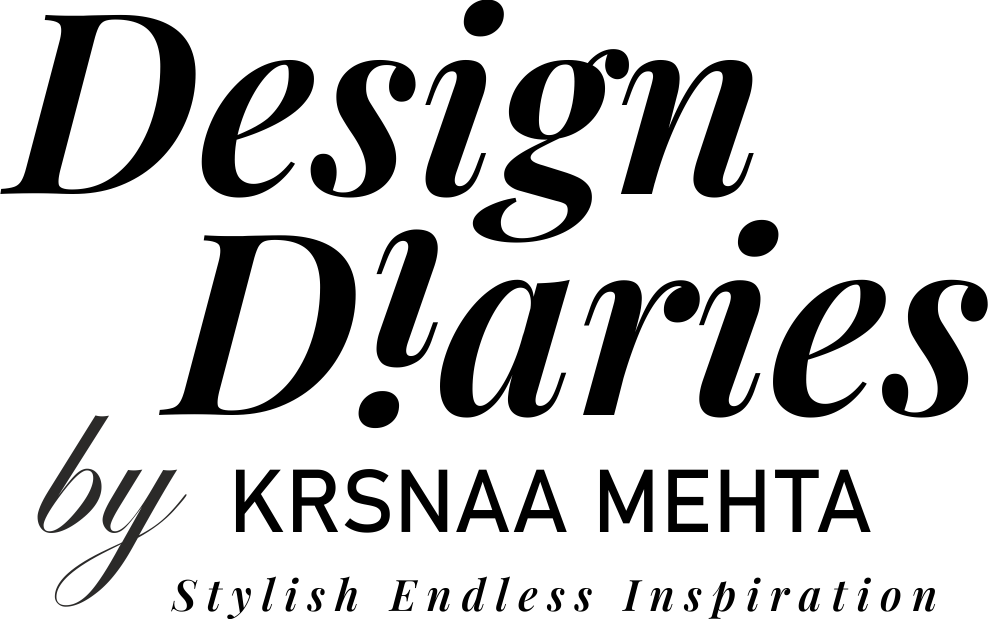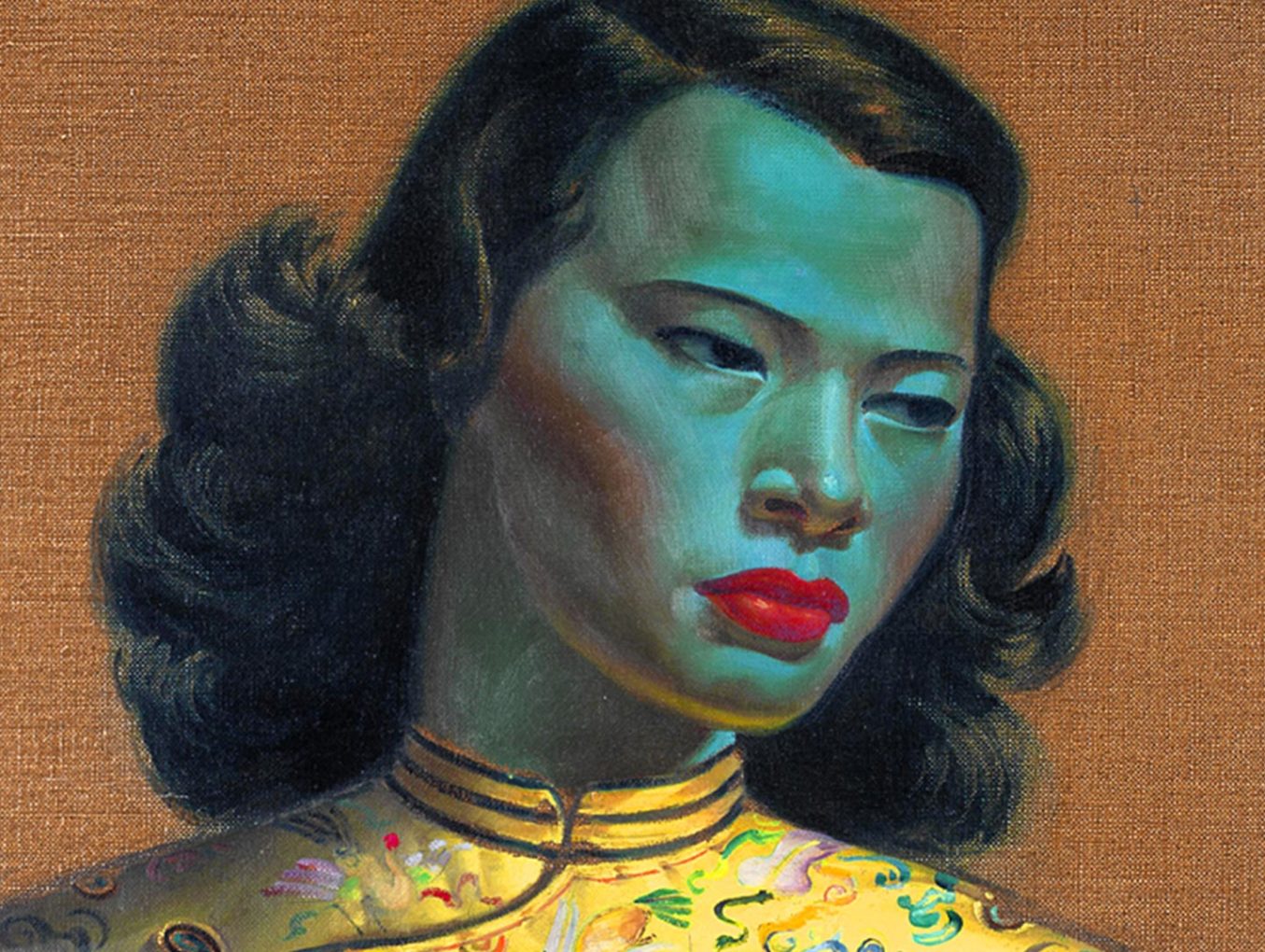Kitsch art was first commercially popularized by artist Vladimir Tretchikoff for his famous painting titled “Chinese Girl”, the painting was one of the bestselling art prints of the twentieth century. Since then Kitsch designs have come a long way from being known as “art made in bad taste” to occupying a big place in the current design production and consumption especially in India.
Thank you for reading this post, don't forget to subscribe!Though Kitsch elements are now well on the way to becoming part of the mainstream art, it wasn’t the case in the late 1800s and early 1900s. Raja Ravi Verma was one of the first artist in building this unique visual culture in India in the late 1880s that provided future templates for Kitsch Indian art, design and photography. Here’s a list we’ve put together of striking kitsch designs which shows the depth of this unique visual culture.
Chinese Girl is a 1952 painting by Vladimir Tretchikoff
Saraswati by Raja Ravi Varma
Horn Ok Please…Sounds familiar, right? As Indians, we see this sign almost every day. Little did we know that the ‘Horn Ok Please,’ is a popular Kitsch design.
Kitsch design was also seen on tuk tuks and taxis🚕, or a curled-up moustache and a turban and the decorated elephant. The romance of kitsch design is found all over accessories, home decors and lifestyle products, with many brands driving the spunk look.
Courtesy: Taxi Fabric
Courtesy: Taxi Fabric
From cushion covers, doormats, bags, coasters, purses, table runners among other home adjuncts, the Indian Kitsch has etched a place for its own.
Kitsch, with its eye-catch, loud and in-the-face appeal makes it amiable among the young fashionistas. That makes manoeuvring with kitsch effortless. Indian kitsch designs are derived from truck art and Bollywood posters.

The mantra to kitsch is that it is Indian, fashionable and casual, but not ethnic. Indian kitsch art and its adjacent products are also finding a formidable space in the souvenir space, and in many ways enabling the pointing of Kitsch Indian art on the global map.
Deewaar (The Wall) is a 1975 Indian crime drama film, directed by Yash Chopra
Regal Cinema represented by India Circus
While initially Kitsch art was looked down upon and considered distasteful, today it has redefined itself to become its own genre of art and design aesthetic which can be found in homes to bring in a dramatic effect.
India has always been exalted and remembered fondly as the country of symbolic colours. To an outsider, its colourful culture, streets, and stories seem like a page out of an ancient folk tale. Colour has been a large part of the Indian consciousness and will engulf such a beautiful cultural trend.










